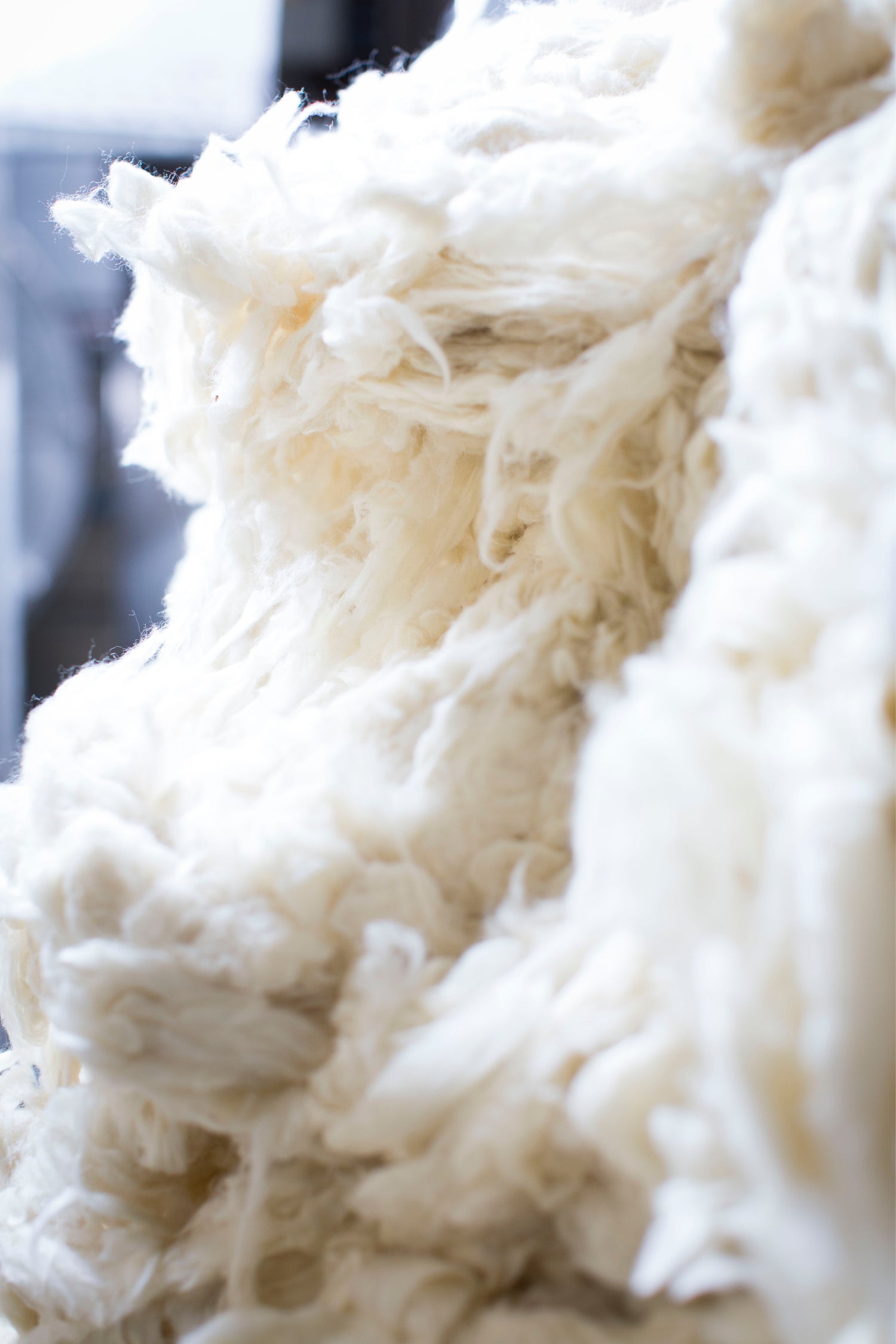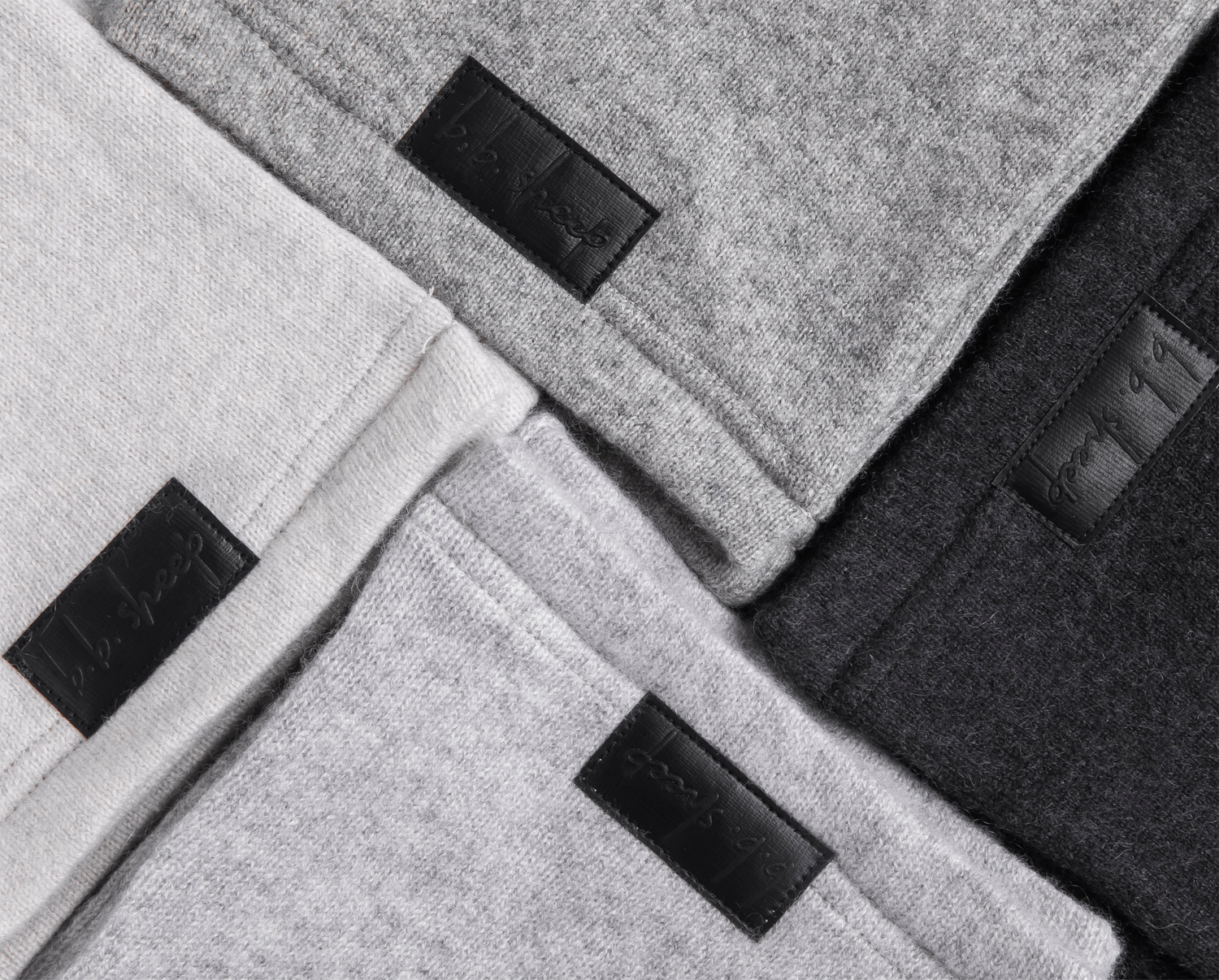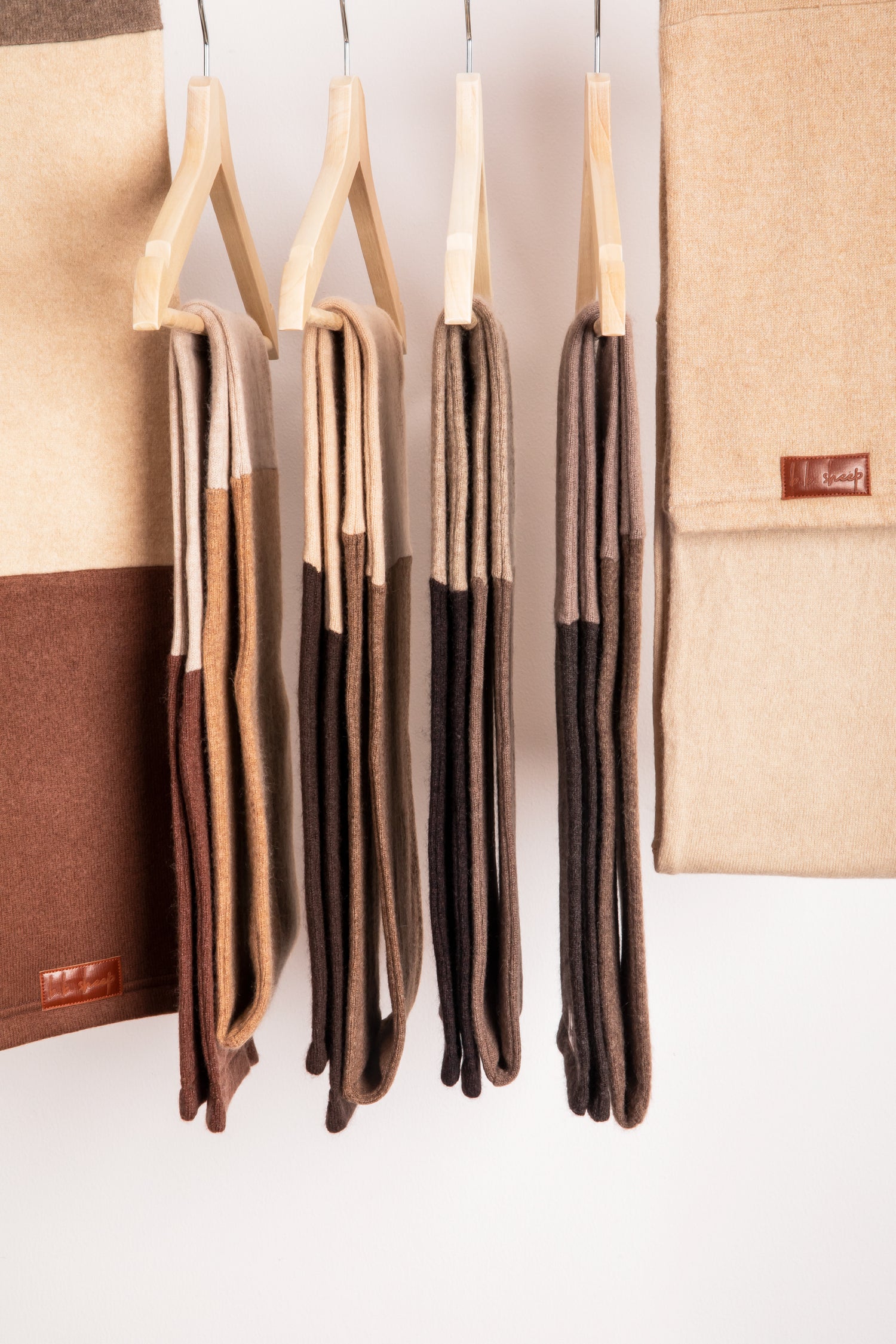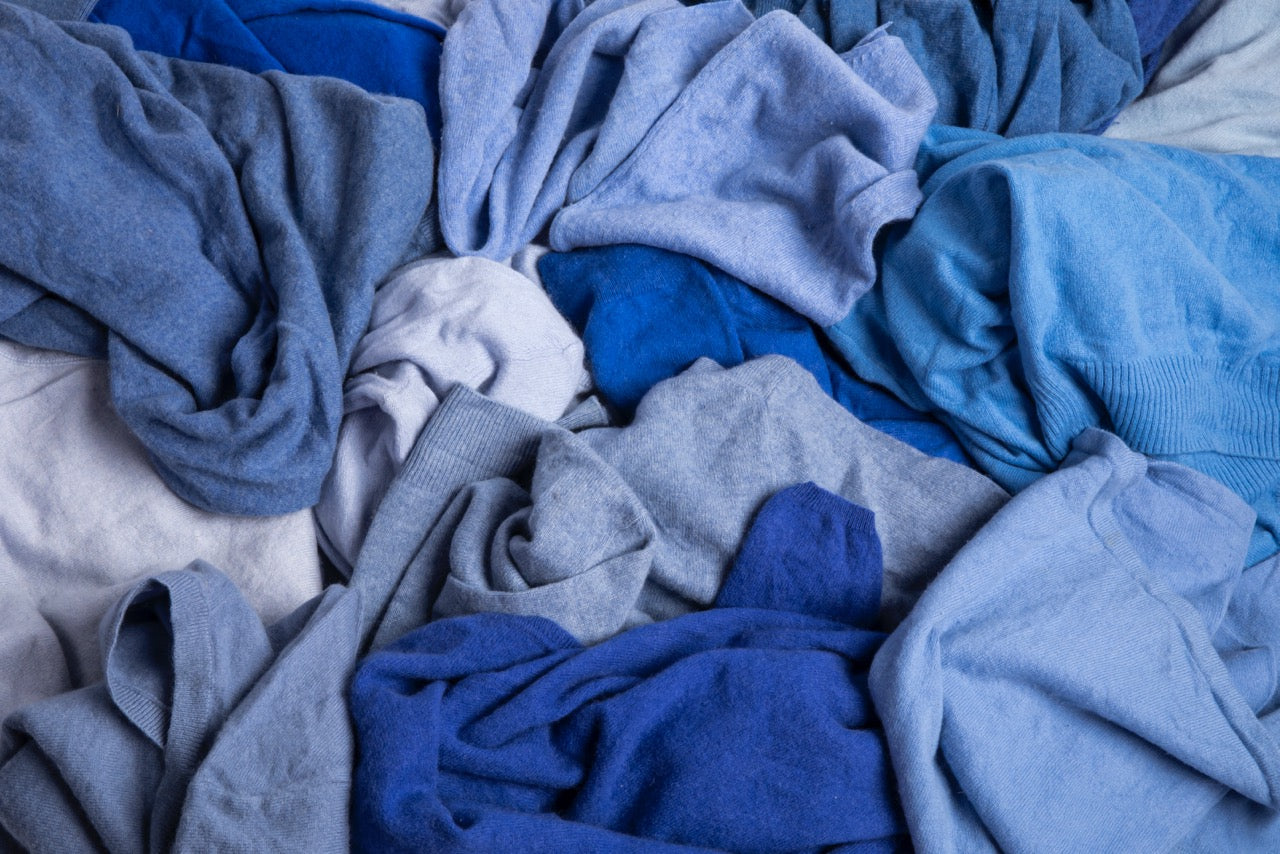Our Promise:
We never sacrifice planet or comfort for profit. All our packaging is also getting a second chance at life. From the boxes made of recycled cardboard, to the dust bags made out of recycled tablecloths. We don’t use new materials.
Our design, and process also leads to an ultra-soft, high quality cashmere product that is high end without the price tag. Our products are double layered for extra warmth, with minimal stitching, and look and feel like brand new material.

The Problem:
Cashmere is an amazing textile, with a terrible price attached to it (and we are not talking money). This is a highly coveted luxurious textile with bountiful properties. A thin layer can keep you warm, wick moisture, is odor resistant, and last a lifetime. It is also super soft and not itchy like a lot of regular wool. This is why it is the most premium of all textiles and usually only used in high end brands.
All of these properties have unfortunately pushed the cashmere industry to it’s limits with an overbreeding of goats. The
push for more cashmere has led to 65% degraded grasslands in Mongolia and a 90% desertification of the country. This results in terrible dust storms, air pollution and inability to cultivate anything else in these lands.

The Good News:
Cashmere is a biodegradable and renewable resource. Researcher Bulgamaa Desambuu also concluded that 90% of the total degraded rangeland can be recovered naturally within 10 years if we implement responsible cashmere farming practices now.
B.B. Sheep takes pressure off of the cashmere industry by repurposing the material over and over again. Giving you high quality cashmere, and our planet a break from over farming.
Have your cashmere, and your planet too.

The How of B.B.Sheep:
B.B. Sheep starts at the beginning of the end of a products expected life. We go to grading facilities and collect the 0.03% of cashmere that is available in these facilities. This is like finding needles in a haystack.
Traditionally, when cashmere gets recycled it is turned into fiber, spun into yarn to make recycled fabric. The process consumes water, chemicals, dies and electricity. This was not good enough for us. We wanted to extend the products life cycle as cleanly as possible for as long as possible. The idea was to minimize the carbon footprint and give the old sweaters a new life without changing form.
The product goes through a sanitation process and cleaning, so that it looks and feels like brand new material. The end result of our efforts was a new life for old cashmere sweaters.





